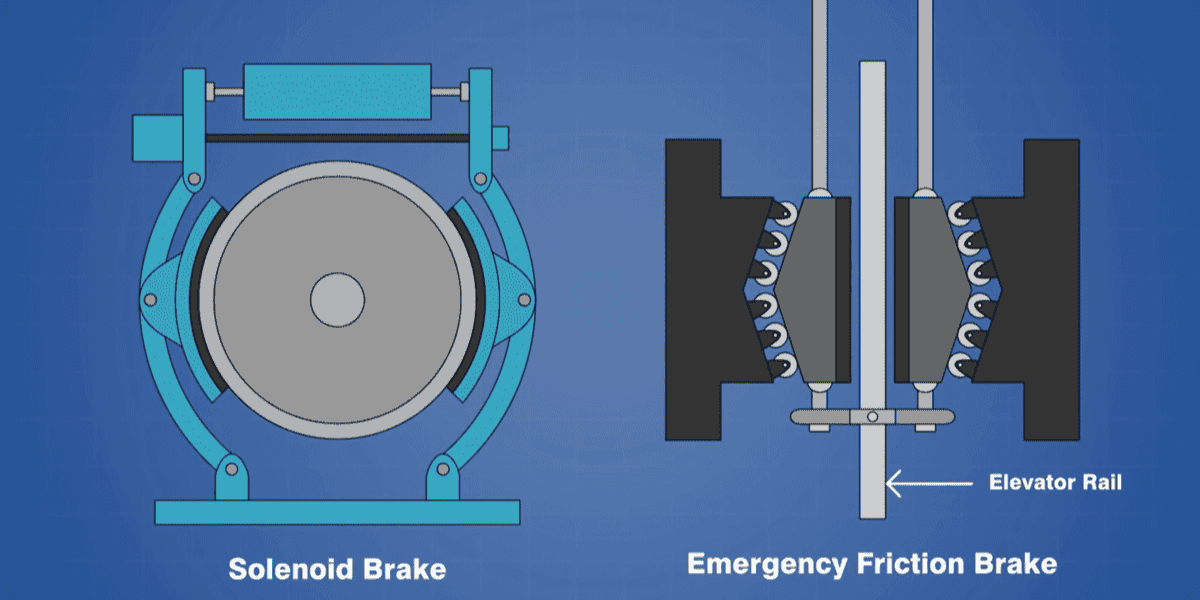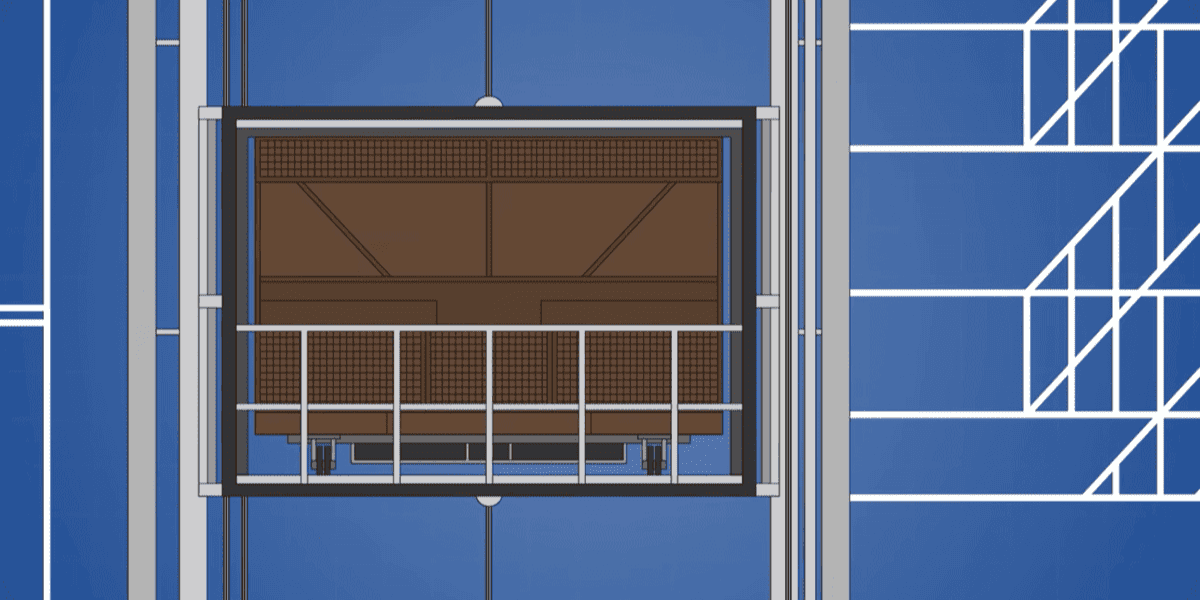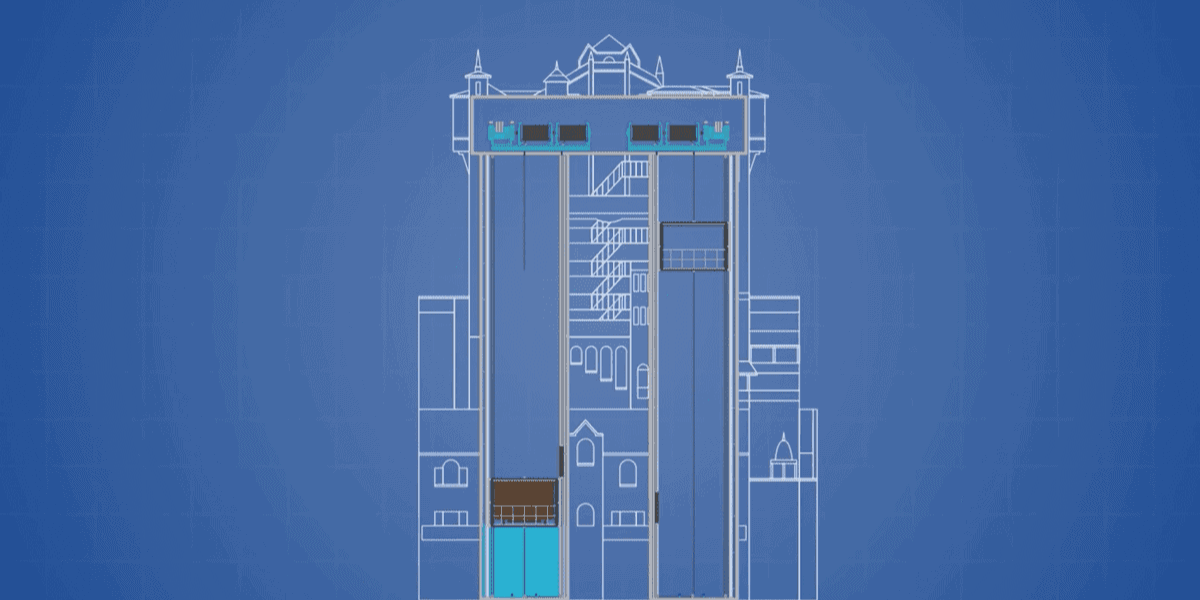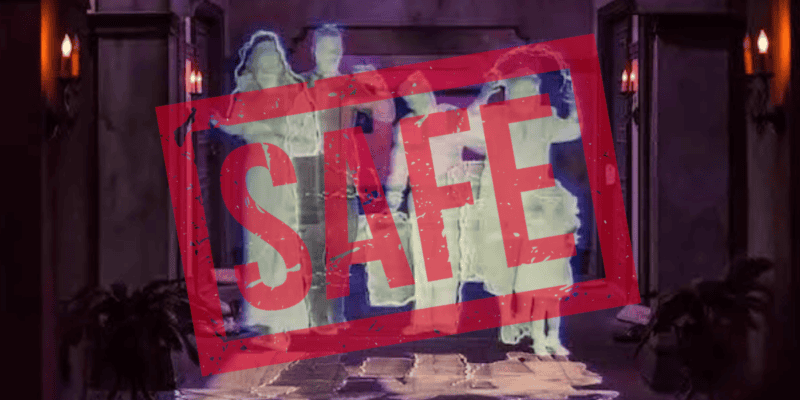More than six million guests venture into the queue at the Twilight Zone Tower of Terror attraction at Disney’s Hollywood Studios every single year, and though a handful of them might come away from the experience with nausea, feelings of dizziness, diarrhea, or lightheadedness, they will come away from the experience alive, and that’s by design.

Tower of Terror Attraction: An Experience in Immersive Storytelling
Since it first opened to Guests at Disney’s Hollywood Studios on July 22, 1994, Disney World’s of inside the Hollywoo Hotel has served as an icon of the theme park in which it stands, as well as a guest favorite attraction for the millions who visit the Central Florida Disney theme parks every year.
The premise of the attraction, as well as the elaborate story told inside the attraction, are so impressive that very few guests have time to be concerned about the potential dangers of such a ride. But despite its location at the Most Magical Place on Earth, the attraction is, at its core, a drop tower ride.

Drop Tower Rides and Danger
Drop tower rides are synonymous with thrills and increased heart rates, but they’re also known to be dangerous. In March 2022, a 14-year-old boy fell from hundreds of feet above the ground at a drop tower attraction at Orlando’s ICON Park. The tower has since been dismantled and removed.

These types of rides can lead to serious injury or–in the case of 14-year-old Tyre Sampson–death. That’s why Disney’s Imagineers work tirelessly to ensure that rides at Disney World are as safe as they can be. And at the Twilight Zone Tower of Terror attraction, the numerous safety details within the ride’s design are even more impressive than the experience itself.
Attention to Detail Inside the Attraction
Guests can easily get lost in the eerie and amazing world inside the Hollywood Tower Hotel. That’s because the attention to detail within the ride’s queue takes guests back to that fateful night in October 1939 when, according to the storyline within the attraction, a terrible tragedy occurred, and there’s still no explanation for it.
During the Golden Age of Hollywood, the Hotel was the place where the who’s who of Hollywood’s elite stayed. But on Halloween night in 1939, five guests of the hotel, including a little girl, entered an elevator and disappeared behind the sliding door of the elevator shaft as a freak storm roared outside.
After a magnificent flash of lightning, the elevator door reopened on another floor, but those guests were not onboard, and they have never been seen since.

Inside the lobby of the Hollywood Tower Hotel, which is featured as part of the queue for the ride, there are scores of props that help to tell the story of that terrifying night in 1939.
Two pieces of luggage remained untouched near a sitting chair in the lobby, and dead plants seem to serve as decor. The registrar’s book is still open to the date of October 31, 1939, while a set of dominoes still sits atop an old table with four chairs around it.
As guests scour the lobby, they’re filled with an unsettling uncertainty: is the story of the of simply that–simply a story that showcases ‘ prowess in storytelling–or is it an actual account of the events of that fateful Halloween night in 1939?
But alas, it’s all part of ‘s efforts to create the real from the imagined. Then again, maybe it is real, and the attention to detail within the attraction keeps guests wondering. But one thing they won’t have to wonder about is the safety of the attraction, thanks to the attention to safety features within the ride.
Hundreds of Guests Make It Out Alive Each Hour
Almost 1,700 guests enter the queue and wait their turn to have the thrill of experiencing Disney’s Tower of Terror attraction every hour the park is open for operation, according to WDW Theme Parks, and every single one of them exits the attraction–still breathing and still alive.

For context, that’s approximately the same number of guests who test their skill every hour at the midway inside Toy Story Mania. But it’s less than half the number of guests who sit back and relax while taking in the sights high above Tomorrowland onboard the Tomorrowland Transit Authority, which welcomes 3,600 guests every hour.
When all the dust settles, approximately six million Guests will have ventured into the Hotel every single year–and they live to exit the attraction afterward, even after boarding an elevator car that seems to have a mind of its own.
Guests Don’t Know What to Expect
Guests who experience the Tower of Terror attraction aren’t ever sure what to expect from the elevator car in the attraction–especially once it breaks away from the elevator shaft. The drop sequence is different every time. But what they can be absolutely sure of is that they won’t fall to their deaths during the experience, despite the fact that a rogue elevator car and a haunted elevator shaft are the ones in control.

That’s because the efforts of trump even the cleverest of ghosts and spooks inside the .
As long as guests love the feeling of falling, Imagineers will be about the work of ensuring that falling is controlled within attractions at Disney’s theme parks.
Here’s Why You Won’t Die
The eight elevator cars inside the Tower of Terror attraction at Disney World were built by Otis Elevator Company, and each one is equipped with what’s known as “over-engineered” design and “redundant safety systems.”
It’s these features that guests won’t fall to their deaths inside the attraction, and that’s because of the very engineering that is found in the attraction. It far exceeds the minimum standards for safety, and both of the ride’s safety systems reinforce one another.
Each car is outfitted with four solenoid brakes that serve to control the speed of the cars so that they can’t race up the cables too quickly and burst through the roof of the attraction’s structure. In the same way, solenoid brakes keep the elevator cars from free falling down the tower’s shaft and crashing into the ground below.

But in the event the cars’ solenoid brakes fail, their emergency friction brakes are activated. These brakes serve as a speed-governing system on the cars themselves and are designed to make the elevator cars stop so they don’t plummet to the ground below.
But in a terrible-case scenario, which would include the snapping of both cables used to support the elevator cars
In a “terrible-case scenario” wherein both cables that support the elevator cars were to snap, there is yet another set of emergency brakes that would be activated. These brakes would also serve to keep the elevator car from racing to the bottom of the tower shaft, according to Art of Engineering.

In the “worst-possible case scenario,” wherein every single one of these systems and features failed simultaneously, which is just about as impossible as can be, the falling car was designed to create a cushion of compressed air at the bottom of the elevator shaft. The car would land on top of this “pillow” of air, and shock absorbers on the ground floor would also help to cushion the falling car.

Such a failure has never happened in the history of Disney Parks, but isn’t it nice to know that, thanks to Disney’s Imagineers, fans can fall down an elevator shaft–and race back up the shaft again–and all without a care in the world?
